- News
- Reviews
- Bikes
- Accessories
- Accessories - misc
- Computer mounts
- Bags
- Bar ends
- Bike bags & cases
- Bottle cages
- Bottles
- Cameras
- Car racks
- Child seats
- Computers
- Glasses
- GPS units
- Helmets
- Lights - front
- Lights - rear
- Lights - sets
- Locks
- Mirrors
- Mudguards
- Racks
- Pumps & CO2 inflators
- Puncture kits
- Reflectives
- Smart watches
- Stands and racks
- Trailers
- Clothing
- Components
- Bar tape & grips
- Bottom brackets
- Brake & gear cables
- Brake & STI levers
- Brake pads & spares
- Brakes
- Cassettes & freewheels
- Chains
- Chainsets & chainrings
- Derailleurs - front
- Derailleurs - rear
- Forks
- Gear levers & shifters
- Groupsets
- Handlebars & extensions
- Headsets
- Hubs
- Inner tubes
- Pedals
- Quick releases & skewers
- Saddles
- Seatposts
- Stems
- Wheels
- Tyres
- Health, fitness and nutrition
- Tools and workshop
- Miscellaneous
- Cross country mountain bikes
- Tubeless valves
- Buyers Guides
- Features
- Forum
- Recommends
- Podcast
review
£2,799.99
VERDICT:
Fun bike with a real mixed bag of components, fitted to a very good frameset
Good spread of gears for off road
Flared handlebar gives stability on loose surfaces
Impressive ride quality
Gearing can be gappy on road
FSA chainset looks a bit naff running 1x
Weight:
9,740g
Contact:
At road.cc every product is thoroughly tested for as long as it takes to get a proper insight into how well it works. Our reviewers are experienced cyclists that we trust to be objective. While we strive to ensure that opinions expressed are backed up by facts, reviews are by their nature an informed opinion, not a definitive verdict. We don't intentionally try to break anything (except locks) but we do try to look for weak points in any design. The overall score is not just an average of the other scores: it reflects both a product's function and value – with value determined by how a product compares with items of similar spec, quality, and price.
What the road.cc scores meanGood scores are more common than bad, because fortunately good products are more common than bad.
- Exceptional
- Excellent
- Very Good
- Good
- Quite good
- Average
- Not so good
- Poor
- Bad
- Appalling
The Fuji Jari Carbon 1.3 is a really fun bike to ride, whether as a stripped back, lightweight gravel machine or loaded up for adventures further afield. It has a great ride quality, geometry that flatters – especially when the terrain becomes tricky – and a decent spec list for the money.
I bonded straight away with the Jari Carbon. Everything just feels right: the riding position is easy to set up for the kind of saddle-to-handlebar drop I like, and the geometry makes it easy to ride off-road, without making it dull on the tarmac.
> Find your nearest dealer here
Designed for the gravel and adventure market, it's no surprise that's just where the Jari Carbon is most at home. The head tube angle is a touch slacker than you'd find on an endurance road bike, but not so much that it makes the steering ponderous or boring.
The front end gives you the confidence to tackle fast and technical downhills without the Fuji ever feeling a handful or out of control, while it involves you with plenty of feedback – you can really enjoy yourself if descending is your thing.
The 25° flare of the handlebar helps a lot too, allowing a broad hand position for extra stability and control in the drops. The wheelbase isn't massively long either, which also gives the Fuji a nimble feeling.
At under 9.74kg the Jari feels light. This allows you to bunnyhop and flick the bike around at speed, while ensuring that climbing doesn't become a chore.
Stiffness levels are exactly where I want them to be for a gravel bike with performance intentions, especially around the bottom bracket, and in the front end and fork.
This helps when attacking hills or sprinting, and also stops unwanted frame flex when the bike is loaded up – something you can do quite readily, thanks to the various mounting points around the frameset.
Comfort is also impressive, though, which definitely helps on rides which cover plenty of hours, or even days. The Fuji has a firm frame, but thanks to the swooping, narrow seatstays there is plenty of compliance at the rear end, backed up by the 40mm tyres.
I rarely wear padded mitts (winter gloves only if it's cold) and found the front end also does a great job at dampening a fair amount of the vibration from hard-packed surfaces.
The Jari Carbon is a very versatile machine. It easily takes on the role of gravel-bike blaster, while remaining happy to be a bit more grown up and reserved for those trips where you just want to cruise along and enjoy the view.
Frame and fork
Fuji's original Jari range is based on an aluminium alloy frame, but for the new Carbon lineup it's used its lightest C15 ultra-high-modulus carbon fibre – Jari says it's race-quality – to create a frame that weighs less than 1kg.
It's a good quality frame and fork. There is none of the buzzy, harsh feel of some entry-level frames, and it feels solid when out on the road.
The Jari has a tapered head tube that grows from 1 1/8in at the top to 1.5in at the base. This is mimicked by the full carbon fibre steerer of the fork.
The down tube is a chunky affair that aids stiffness, and the seat tube flares where it meets the bottom bracket for a solid junction between front and back.
The Jari Carbon is set up for threaded bottom bracket bearing cups, which I think is better longterm solution on a bike that's going to spend a lot of its life on muddy or dusty trails.
To resist damage to the frame, Fuji has added a metal insert on the driveside chainstay in case of chainsuck, and a shield under the down tube to protect against rocks and things being thrown up by the front wheel. A chain keeper is also included.
There's also a Mylar wrap to protect the head tube from handlebar bags, and a rubber section under the top tube that's ideally positioned for shouldering the bike.
Fixtures and fittings
You have mounts on the fork, a bento box mount on the top tube (you get the bento box included), and three bottle cage mounts which offer plenty of adjustability.
> 27 of the best 2021 gravel bikes & adventure road bikes
There are also provisions for mudguards, a rear rack and a dynamo cable route on the fork. Should you want to switch to a 2x chainset, there is also a mount for a front mech.
The cables and hoses all run internally – the routing is well thought out – and none of it rattles inside the tubes. Everything else is as you'd expect, with 12mm thru axles front and rear, and flat mounts for the brake calipers.
Geometry
The Fuji Carbon comes in six sizes, from XS through to XXL. We have the large which is nominally a 56cm bike – it gets a 560mm seat tube and effective top tube length, with a 170mm tall head tube.
It has a bottom bracket drop of 68mm and a 48mm fork offset, with a trail figure of 64mm. The wheelbase works out 1,027mm.
The head angle is 72° while the seat angle is 73°, which still gives you a forward-focused position for getting the power out. All of this adds up to reach and stack figures of 379mm and 592mm, respectively.
Finishing kit
The Jari Carbon 1.3 is based around a 1x Shimano GRX groupset, with a few deviations.
It uses GRX RX600 STI levers matched to a RX812 rear mech, which has a clutch to stop the chain flailing around everywhere. You can read about all the GRX components here in Mike's review. The Fuji also uses GRX for braking, specifically RX400 calipers and 160mm rotors.
It's a really good groupset. I've ridden countless bikes with it now and it offers the same excellent shifting and braking of Shimano's road groupsets, with the ergonomics for off-road performance – such as in the flat front section of the brake lever.
The Fuji has an FSA Omega chainset set up to run a 1x 40T FSA chainring. Looking at it, you can tell it's designed for a 2x set up, and it just looks a little clunky with the single ring in place. It doesn't look as smooth as the GRX option, for instance.
The cassette is a Shimano Deore 11-42t, so you are getting a good spread of gears. My main gravel route has plenty of steep climbs and descents on a whole range of surfaces, and I always had the ratio I needed.
> How to get ultra-low gearing for gravel bike adventures
If you spend a lot of time on the road, though, the cassette can feel a little gappy and you'll spin out on even the mildest of downhills.
Oval Concepts supplies the main finishing kit with its 3D-forged 6061 alloy stem, 27.2mm alloy seatpost and 25 degree-flare handlebar.
As I mentioned earlier, that wide flare is a big help. I usually ride bars with a 16° flare, but I found the Oval Concepts one put my hands in a comfortable position whether on the hoods or down in the drops.
The saddle is also Oval Concepts. It's entry level with cromo rails and decent padding, but I got on fine with it.
Wheels and tyres
The wheels are Alex Boondocks 5, with tubeless ready alloy rims and 24 spokes either end. They stood up to plenty of abuse on the trails, and don't feel overly heavy either. Under hard acceleration they spin up quickly enough without too much effort, and to be honest they just get on with the job, regardless of weather conditions.
WTB provides the rubber in the form of 40mm tubeless-ready Riddler TCS tyres. Testing was very dry and they work well on a range of surfaces including mud, chalk, grass and gravel. The tread pattern bites in well enough, and even when the going gets a little soft they still cope admirably.
Like many gravel tyres though, they aren't really designed with the UK, in mind so if (when) it's wet and muddy the tread will soon be overwhelmed. They were supplied with tubes for testing, and I had no issues with reliability throughout the test period.
> 29 of the best gravel bike tyres for 2021 — get the right go-anywhere rubber
Value
The Jari Carbon 1.3 is £2,799.99. It may be a bit mix and match for finishing kit, but it still offers good value against something like the Canyon Grizl CF SL 8 Matt recently tested for off-road.cc.
The Canyon is £2,999, but you are getting a full GRX 800 groupset there – the top flite mechanical version.
There is some tough opposition out there though, such as the Orro Terra-C which gets a GRX800 groupset again and some impressive finishing kit for just £2,599.99. It doesn't have the array of mounting points for load-lugging the Fuji does, though.
Another gravel bike I'm currently testing is the Vitus Substance CRS 2. It comes with a quality carbon frameset, plenty of mounting points and the same GRX components as the Fuji. It also gets a 2x GRX chainset though, and a £1,999.99 price tag.
Conclusion
There are better-equipped bikes out there for the money, but the Fuji has a very good frameset at its heart. It's backed up by strong geometry and great comfort levels, and it's a fun and involving bike to ride.
Verdict
Fun bike with a real mixed bag of components, fitted to a very good frameset
road.cc test report
Make and model: Fuji Jari Carbon 1.3
Size tested: L (56cm)
About the bike
List the components used to build up the bike.
Crankset
FSA Omega, 40T
Bottom Bracket
FSA, threaded
Rear Derailleur
Shimano GRX
Shifters
Shimano GRX Dual Control, 1 x 11-speed
Cassette
Shimano 105, 11-34T
Chain
KMC X11
Wheelset
Alex Boondocks 5, alloy tubeless rims, 24/24H
Tyres
WTB Raddler TCS, 700 x 42c
Brakeset
Shimano GRX, hydraulic disc, 160mm rotors
Brake Levers
Shimano GRX, hydraulic disc
Headset
FSA, 1 1/8" upper - 1 1/2" lower, integrated
Handlebar
Oval Concepts 325, 6061 alloy, 31.8mm clamp, 125mm drop, 25° flare, 4° sweep
Stem
Oval Concepts 313, 3D-forged 6061, +/-6°
Tape
Anti-slip silicone
Saddle
Oval Concepts X38 with pressure relief zone, cromo rails
Seatpost
Oval Concepts 300, alloy, 27.2mm
Accessories
Top tube storage box, water bottle cage adjusters
Tell us what the bike is for and who it's aimed at. What do the manufacturers say about it? How does that compare to your own feelings about the bike?
Fuji says, "We've combined our go-anywhere Jari with our lightest, race-quality carbon fiber to make the standard-bearer for the gravel/adventure class. The sub 1000g C15 frame is the first in its class made of monocoque carbon. It is optimized for both performance and utility, during racing, gravel riding and bikepacking. An armor shield under the downtube guards against road debris and a Mylar wrap on the headtube stops abrasion from handlebar bags. Gravel has a new benchmark, the Jari Carbon."
The Jari Carbon 1.3 is fun to ride, and based around a quality frameset that works for all kinds of gravel riding.
Where does this model sit in the range? Tell us briefly about the cheaper options and the more expensive options
There are two models in the range, with the Fuji Carbon 1.1 sitting above the 1.3 and fitted with DT Swiss wheels and a 2x GRX groupset.
Frame and fork
Overall rating for frame and fork
8/10
Tell us about the build quality and finish of the frame and fork?
The Fuji has a very good quality frame and fork. It's well finished and comes with plenty of thoughtful additions, such as the armour plate on the underside of the down tube.
Tell us about the materials used in the frame and fork?
Frame
C15 ultra high modulus carbon, tapered head tube, threaded bottom bracket, 142x12mm thru-axle
Fork
C10 carbon monocoque, tapered carbon steerer, 100x12mm thru-axle
Tell us about the geometry of the frame and fork?
The full geometry details can be found in the main review, but it's obviously more relaxed than a road bike to make it more controllable on loose surfaces. Fuji has achieved that without making it feel sluggish on the road.
How was the bike in terms of height and reach? How did it compare to other bikes of the same stated size?
The stack and reach figures are pretty typical for a bike of this size and design.
Riding the bike
Was the bike comfortable to ride? Tell us how you felt about the ride quality.
Comfort levels are good thanks to a compliant ride from the frame and fork.
Did the bike feel stiff in the right places? Did any part of the bike feel too stiff or too flexible?
Stiffness isn't an issue. A tapered head tube and beefy down tube/bottom bracket junction means the Fuji delivers at putting the power down and dealing with high steering and braking loads.
How did the bike transfer power? Did it feel efficient?
Power transfer is good thanks to the stiffness, which makes it feel efficient on the climbs or when you put the hammer down.
Was there any toe-clip overlap with the front wheel? If so was it a problem?
No.
How would you describe the steering? Was it lively neutral or unresponsive? Fairly neutral.
Tell us some more about the handling. How did the bike feel overall? Did it do particular things well or badly?
The handling works well off road. Fuji has managed to keep it reasonably neutral so the Jari doesn't feel a handful on loose surfaces, but it is still involving enough to give a fun ride.
Which components had the most effect (good or bad) on the bike's comfort? would you recommend any changes?
The saddle offers decent padding and the 40mm tyres can be run low to aid comfort.
Which components had the most effect (good or bad) on the bike's stiffness? would you recommend any changes?
The wheelset feels stiff and shows little signs of flex.
Which components had the most effect (good or bad) on the bike's efficiency? would you recommend any changes?
The cassette offers a large spread of gears for off-road riding.
Rate the bike for efficiency of power transfer:
8/10
Rate the bike for acceleration:
8/10
Rate the bike for sprinting:
7/10
Rate the bike for high speed stability:
8/10
Rate the bike for cruising speed stability:
7/10
Rate the bike for low speed stability:
7/10
Rate the bike for flat cornering:
8/10
Rate the bike for cornering on descents:
8/10
Rate the bike for climbing:
7/10
The drivetrain
Rate the drivetrain for performance:
7/10
Rate the drivetrain for durability:
8/10
Rate the drivetrain for weight:
7/10
Rate the drivetrain for value:
6/10
Tell us some more about the drivetrain. Anything you particularly did or didn't like? Any components which didn't work well together?
It's a varying selection of components from many different groupsets, but it all performs well together.
Wheels and tyres
Rate the wheels for performance:
7/10
Rate the wheels for durability:
8/10
Rate the wheels for weight:
7/10
Rate the wheels for comfort:
7/10
Rate the wheels for value:
6/10
Tell us some more about the wheels.Did they work well in the conditions you encountered? Would you change the wheels? If so what for?
Decent all-rounders that proved to be durable throughout testing.
Rate the tyres for performance:
7/10
Rate the tyres for durability:
7/10
Rate the tyres for weight:
7/10
Rate the tyres for comfort:
7/10
Rate the tyres for value:
6/10
Tell us some more about the tyres. Did they work well in the conditions you encountered? Would you change the tyres? If so what for?
Good in the dry, offering good grip and decent rolling resistance.
Controls
Rate the controls for performance:
8/10
Rate the controls for durability:
7/10
Rate the controls for weight:
7/10
Rate the controls for comfort:
7/10
Rate the controls for value:
6/10
Tell us some more about the controls. Any particularly good or bad components? How would the controls work for larger or smaller riders?
The Oval Components bits and pieces are good quality and work well with the rest of the Jari's build. I'm a big fan of the flared bar with its shallow drop.
Your summary
Did you enjoy riding the bike? Yes
Would you consider buying the bike? Yes
Would you recommend the bike to a friend? Yes
How does the price compare to that of similar bikes in the market, including ones recently tested on road.cc?
Some bikes from the likes of Orro and Vitus offer better spec levels for the money, but I wouldn't say the Jari Carbon 1.3 is necessarily overpriced.
Rate the bike overall for performance:
8/10
Rate the bike overall for value:
6/10
Use this box to explain your overall score
On the whole the Jari Carbon 1.3 is a good package. It uses a real mixed bag of components compared to some bikes for less or similar money, but they are fitted to a top-quality frameset which gives you the option of upgrading over time.
About the tester
Age: 42
I usually ride: This month's test bike My best bike is: B'Twin Ultra CF draped in the latest bling test components
I've been riding for: Over 20 years I ride: Every day I would class myself as: Expert
I regularly do the following types of riding: time trialling, commuting, club rides, sportives, fixed/singlespeed,
Since writing his first bike review for road.cc back in early 2009 senior product reviewer Stu has tested more than a thousand pieces of kit, and hundreds of bikes.
With an HND in mechanical engineering and previous roles as a CNC programmer/machinist, draughtsman and development engineer (working in new product design) Stu understands what it takes to bring a product to market. A mix of that knowledge combined with his love of road and gravel cycling puts him in the ideal position to put the latest kit through its paces.
He first made the switch to road cycling in 1999, primarily for fitness, but it didn’t take long for his competitive side to take over which led to around ten years as a time triallist and some pretty decent results. These days though riding is more about escapism, keeping the weight off and just enjoying the fact that he gets to ride the latest technology as part of his day job.
Latest Comments
- GravelIsNothingNew 2 sec ago
Ooh pretty colours put the price up. A radical new retail tactic. ...I'm shocked. LOL.
- Pub bike 1 hour 50 min ago
Also in Richmond, Richmond Park is a prime example of where cyclists are discriminated against and marginalised....
- David9694 3 hours 53 sec ago
A363 Bradford on Avon: 'Five cars' crash near golf club...
- stevemaiden 3 hours 1 min ago
The key really is headwind/drag not terrain. It just so happens that climbing speeds are lower so there is often less drag so less extra power is...
- Rendel Harris 3 hours 14 min ago
Same here, the judge can rule that the defendant should go to trial on a more serious charge even if prosecutors are prepared to accept a guilty...
- dubwise 4 hours 1 min ago
And numerous other cases where pedestrians have been killed by oh so innocent drivers.
- Slartibartfast 4 hours 13 min ago
The street in the York letter is at the end of my road and it is, as the writer says, abysmal. Slalom of parked cars and then drivers ignoring the...
- Rendel Harris 4 hours 24 min ago
But wasn't Eurosport always part of the the Sky TV package? I think even if you didn't subscribe to Sky Sports it came as part of the basic deal,...
















































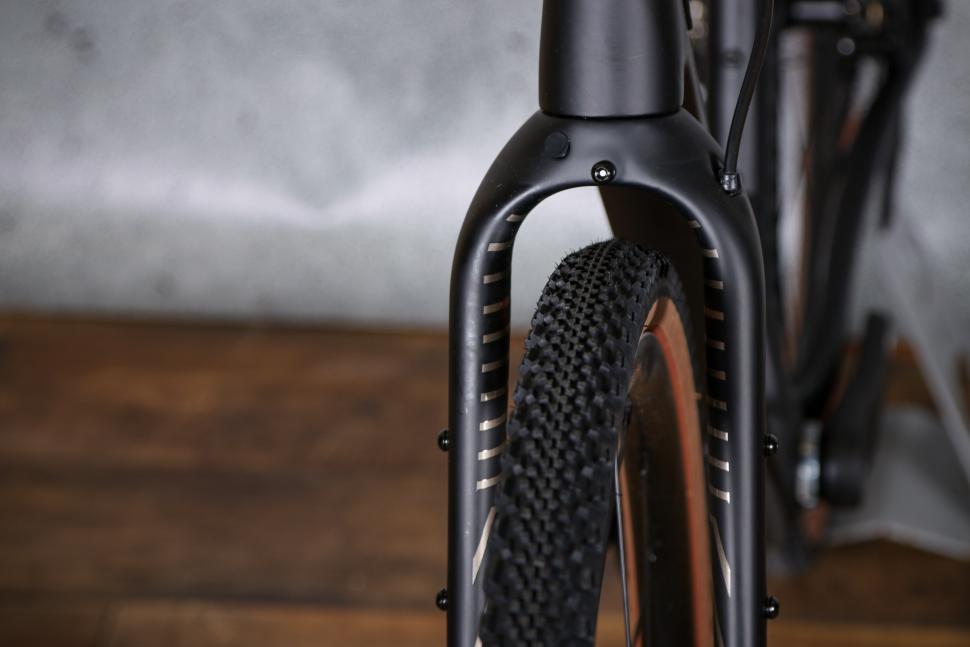
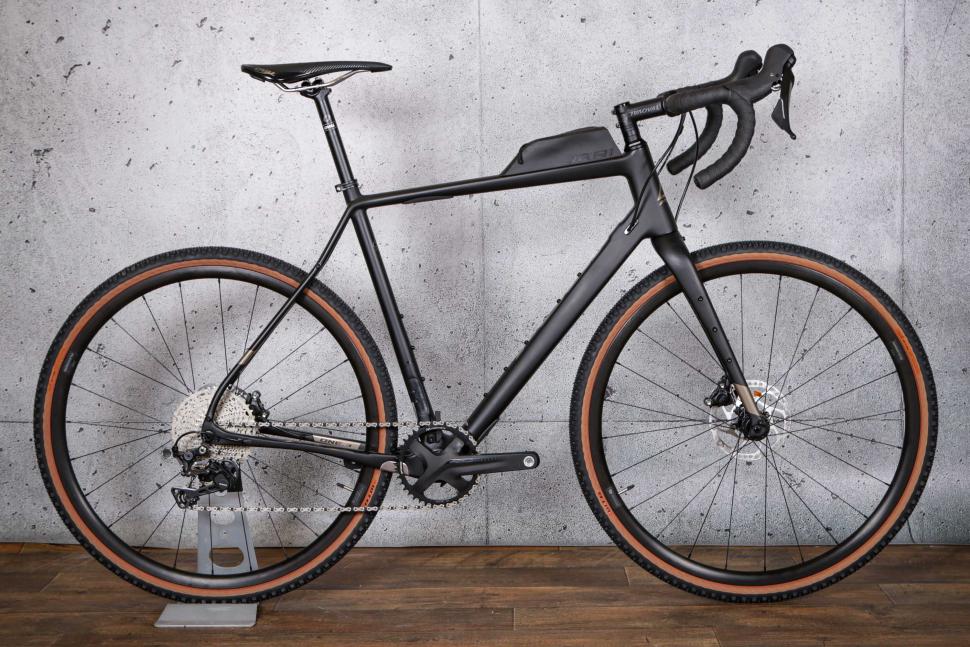
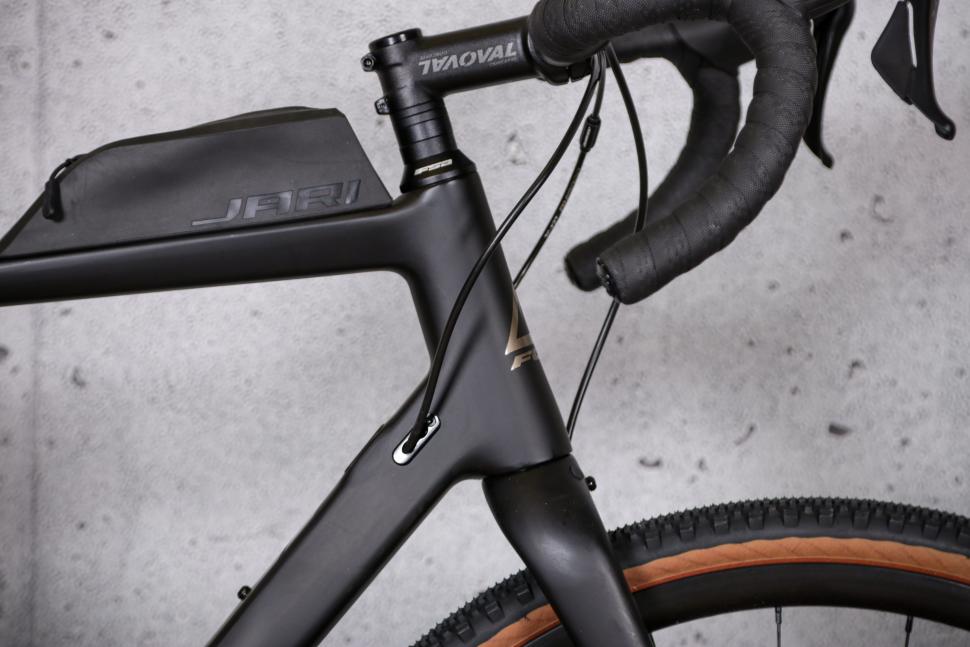
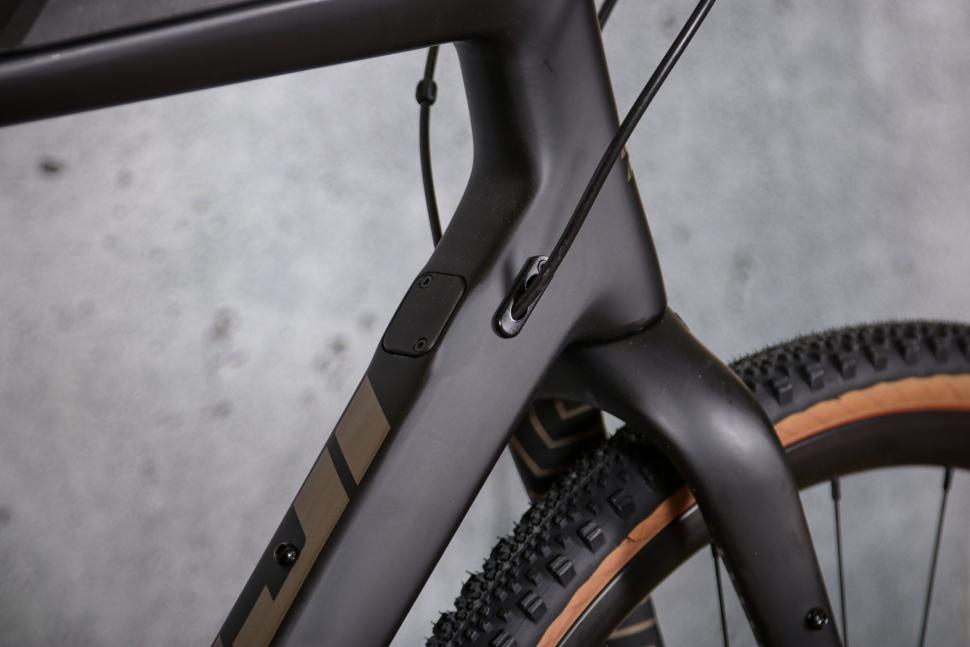
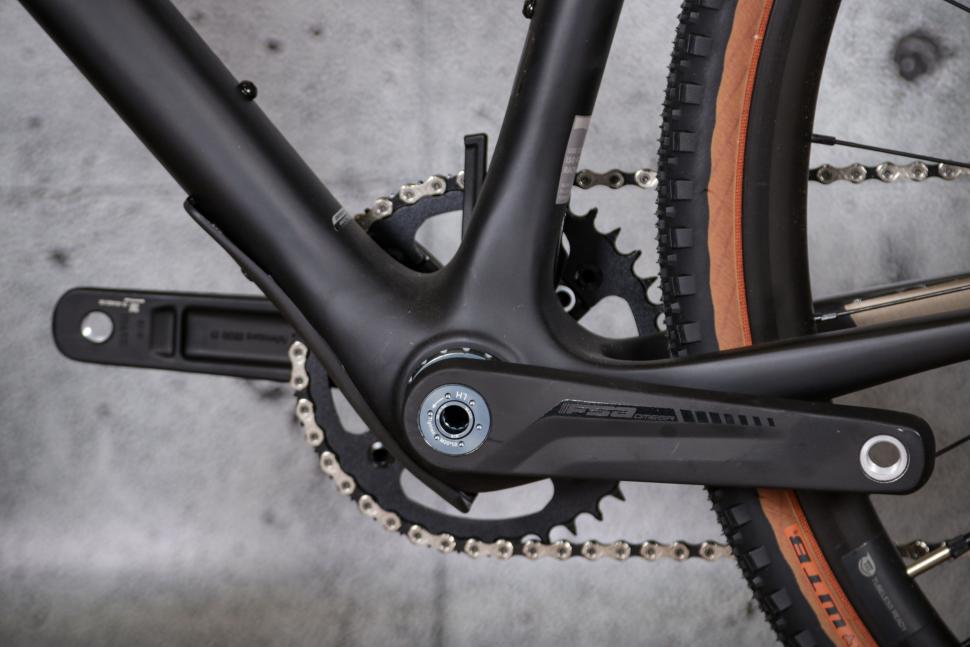
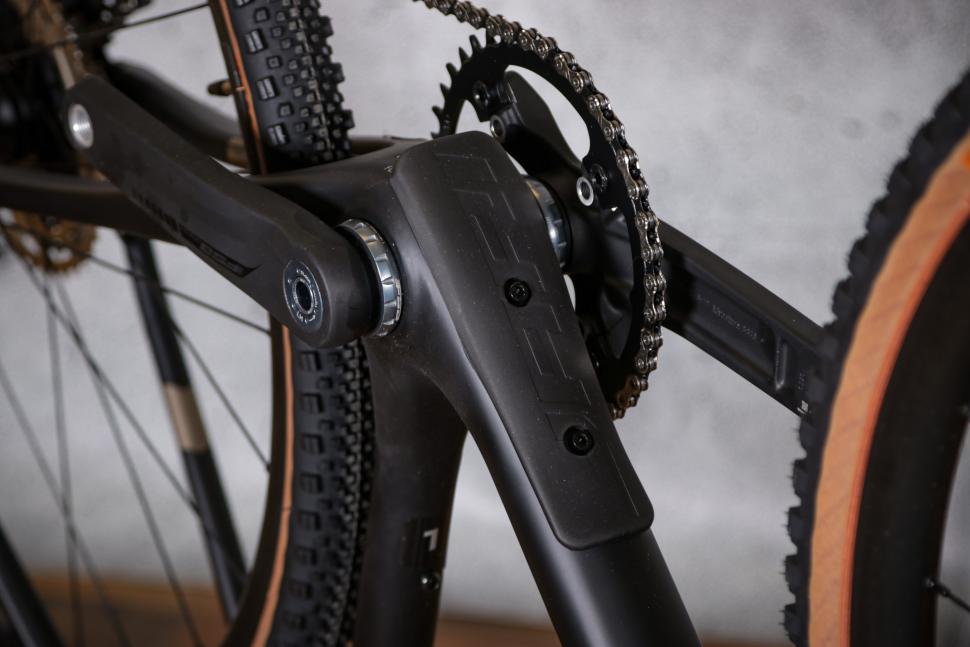


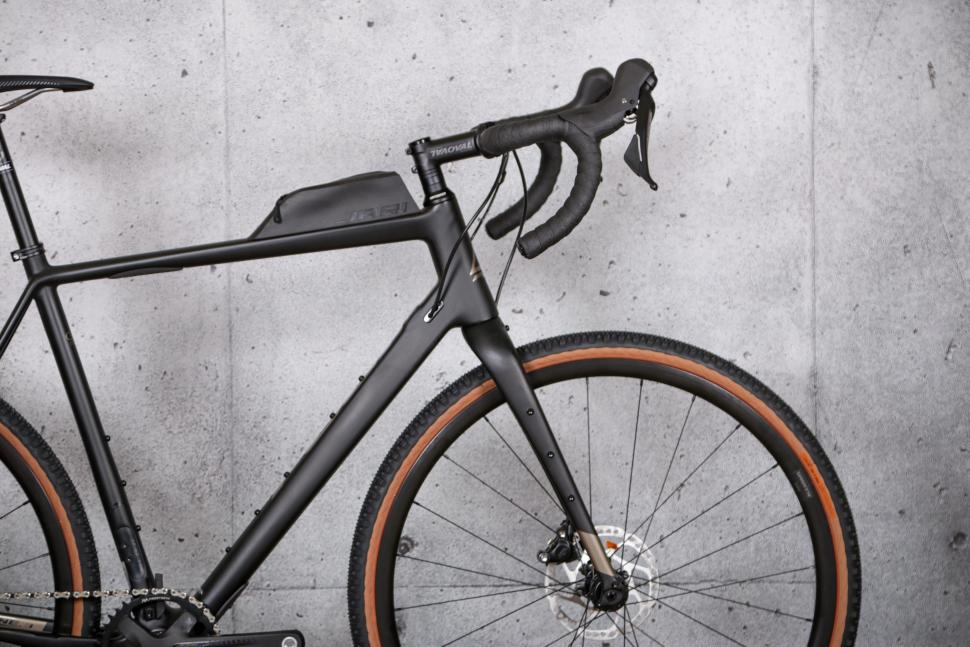
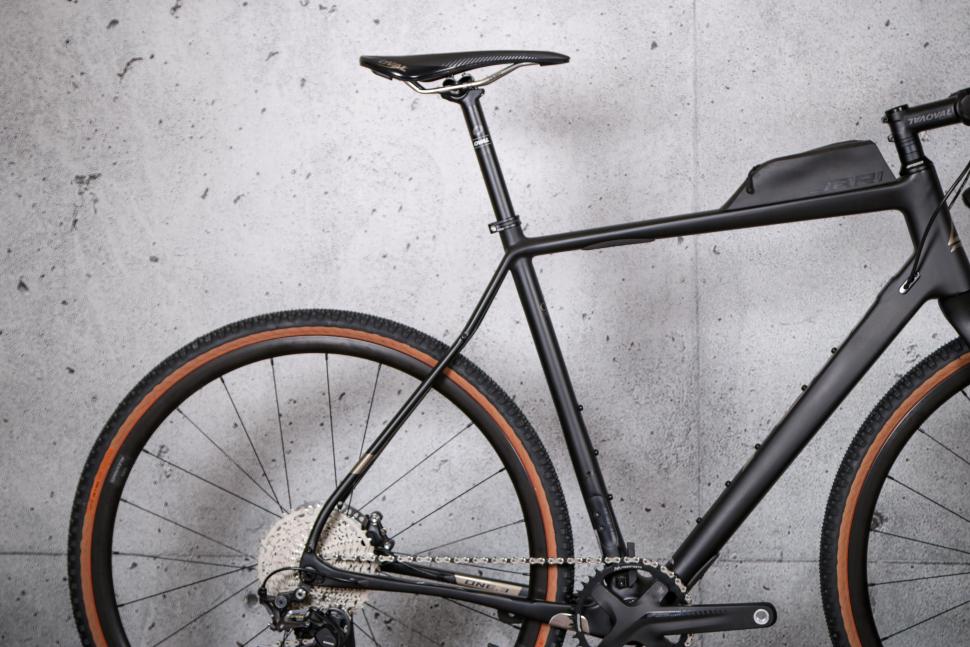

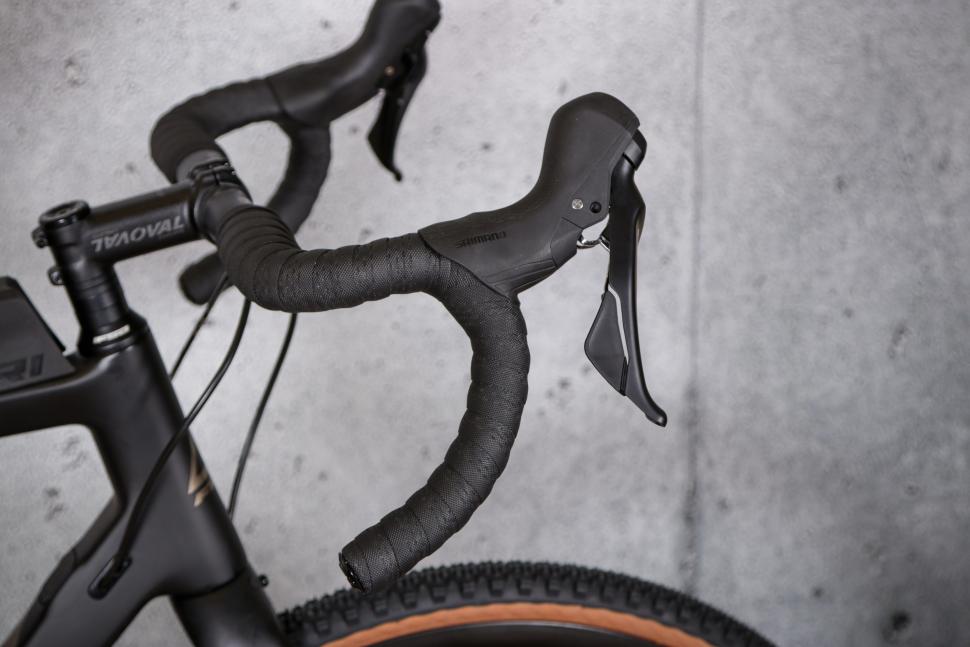
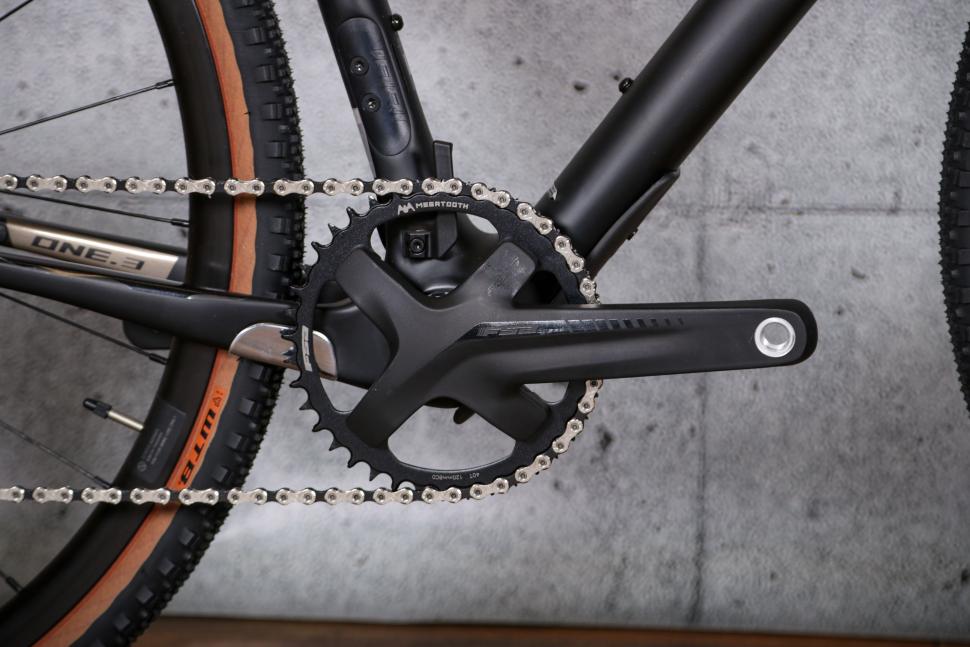


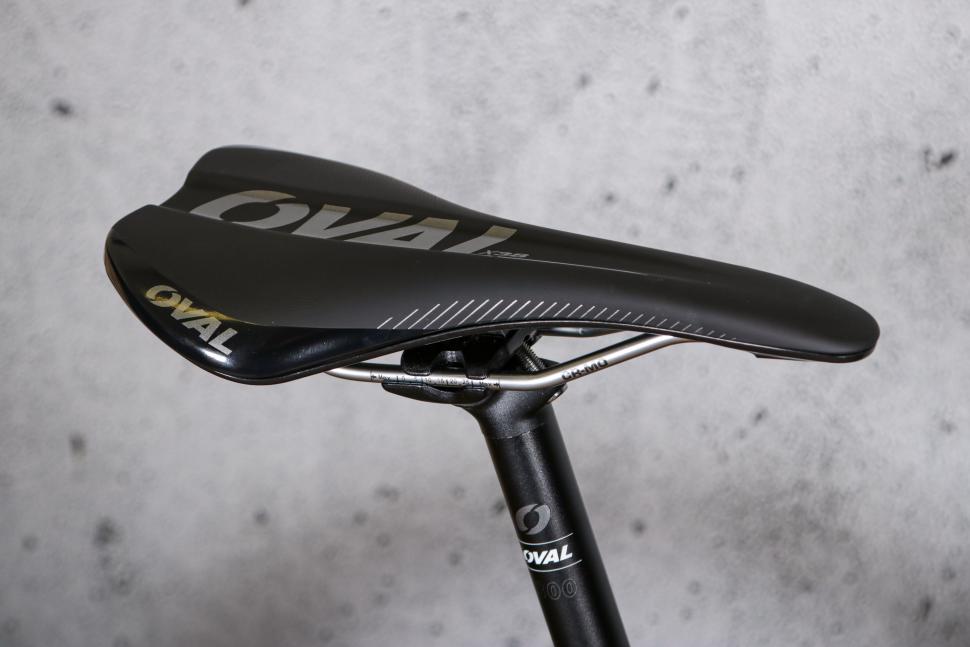
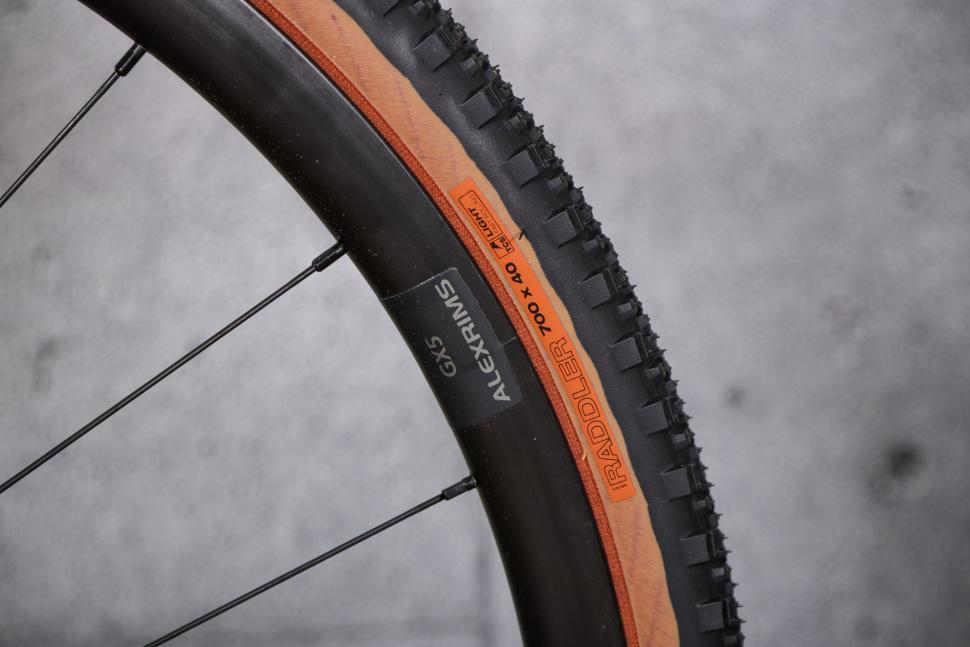


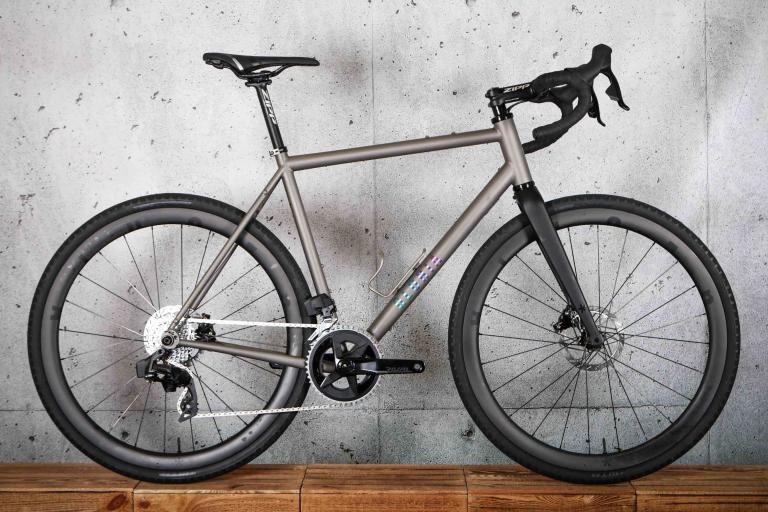
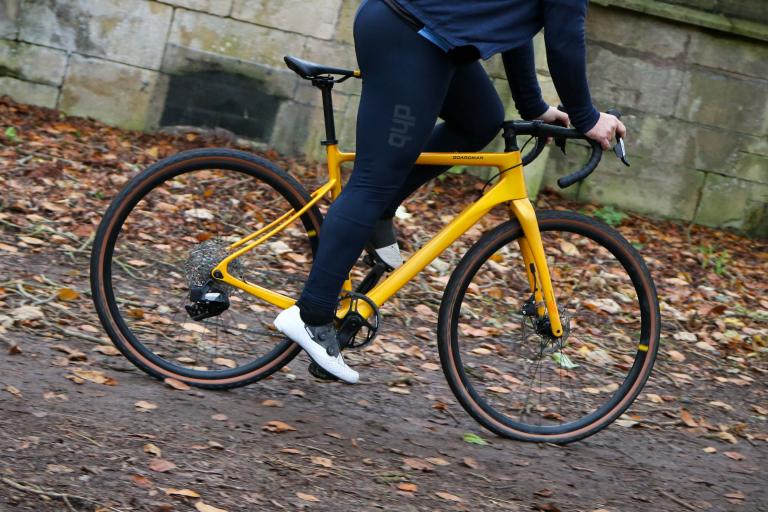
Add new comment
1 comments
Looks incredibly cheap on Amazon at £1,125.86 but the doctored photo and cadre in the description makes think that's just the frame.